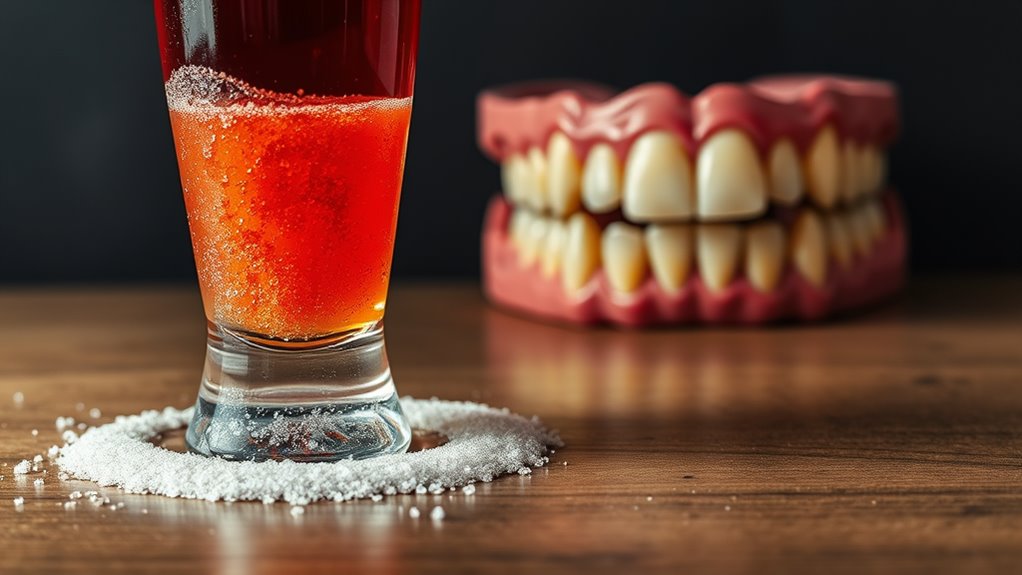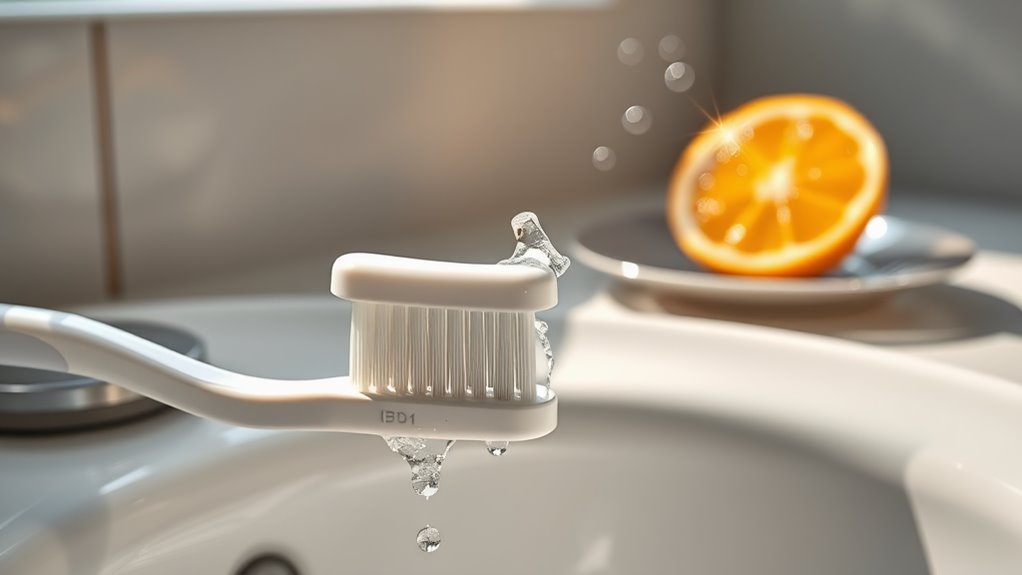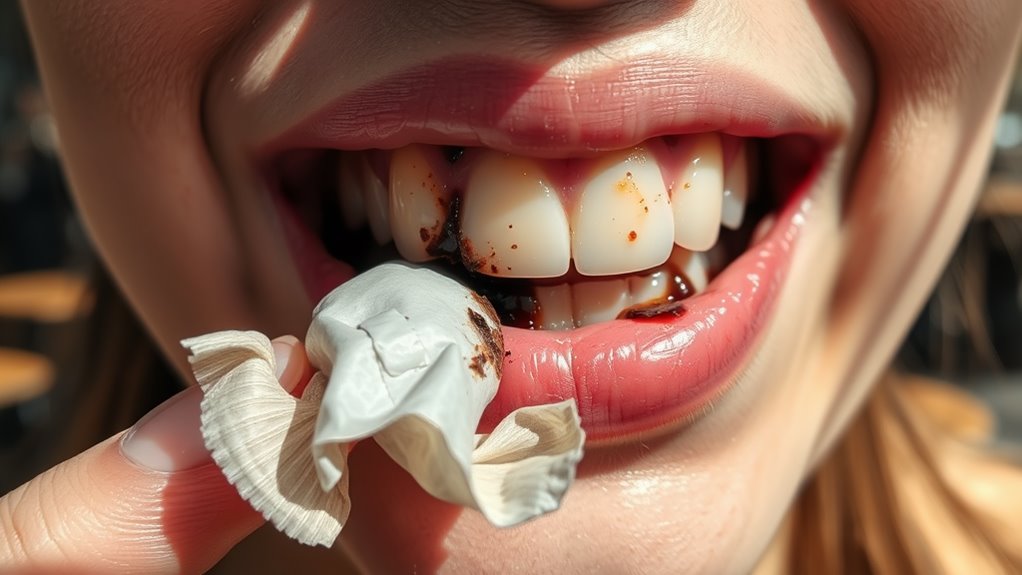Chewing These Foods Can Strengthen Your Teeth
Key Takeaways
- Dairy products like cheese and yogurt provide calcium and phosphorus, essential for strengthening tooth enamel and bone health.
- Crunchy fruits and vegetables, such as apples and carrots, naturally scrub teeth while promoting saliva production to combat bacteria.
- Nuts and seeds, including almonds and chia seeds, are rich in nutrients that protect enamel and reduce inflammation for better oral health.
- Green tea contains antioxidants that strengthen enamel, reduce bacteria growth, and lower acidity levels in the mouth.
- Chewing sugar-free gum stimulates saliva, neutralizing acids and aiding in enamel remineralization, especially when it contains xylitol.
Dairy Products: Calcium and Phosphorus for Strong Teeth
When you think about maintaining strong teeth, dairy products should be at the top of your list.
Foods for strong teeth, like milk, cheese, and yogurt, are rich in calcium and phosphorus. These essential nutrients help rebuild tooth enamel, strengthen bones, and support overall oral health. Incorporating dairy into your diet can be a simple yet effective way to enhance your smile’s durability. Additionally, consuming hard, aged cheeses offers significant benefits for your teeth and gums by providing casein phosphopeptides that aid in enamel remineralization.
Crunchy Fruits and Vegetables: Natural Cleaners for Your Smile
Incorporating crunchy fruits and vegetables into your diet can greatly benefit your dental health, as they naturally scrub your teeth while you chew.
These foods stimulate saliva production, helping to wash away harmful bacteria. Consider adding these options to your meals:
- Apples
- Carrots
- Celery
- Cucumbers
- Pears
Additionally, these crunchy choices are rich in vitamins and minerals that support healthy gums. Enjoy these crunchy snacks for a healthier smile!
Nuts and Seeds: Nutrient-Rich Choices for Tooth Health
Nuts and seeds are excellent additions to your diet for promoting dental health, offering a rich array of nutrients essential for strong teeth. Their high calcium, magnesium, and healthy fats can help protect your enamel and reduce inflammation. Additionally, incorporating these foods can enhance the remineralization process crucial for repairing microscopic enamel damage. Here’s a quick overview of some beneficial options:
| Nuts/Seeds | Benefits |
|---|---|
| Almonds | High in calcium |
| Walnuts | Rich in omega-3 fatty acids |
| Chia Seeds | Loaded with fiber |
| Sunflower Seeds | Contains vitamin E |
Green Tea: Antioxidants That Protect Against Cavities
While including nuts and seeds in your diet can greatly benefit your dental health, another powerful ally in the fight against cavities is green tea.
Rich in antioxidants, it helps protect your teeth by:
- Reducing bacteria growth
- Lowering acidity levels
- Strengthening enamel
- Minimizing inflammation
- Enhancing overall oral health
Additionally, Vitamin D’s importance for maintaining strong teeth can also support the benefits of green tea when included in your diet.
Incorporate green tea into your routine for effective cavity prevention.
Sugar-Free Gum: Stimulating Saliva for Remineralization
When you chew sugar-free gum, not only do you enjoy a satisfying experience, but you also stimulate saliva production, which is essential for your oral health.
Increased saliva helps neutralize acids, wash away food particles, and remineralize enamel, thereby strengthening your teeth.
Choosing gum with xylitol can further enhance these benefits, making it an excellent addition to your daily oral hygiene routine. Additionally, this saliva boost serves as a natural defense against cavities and enamel erosion, ensuring your teeth remain strong and healthy.




